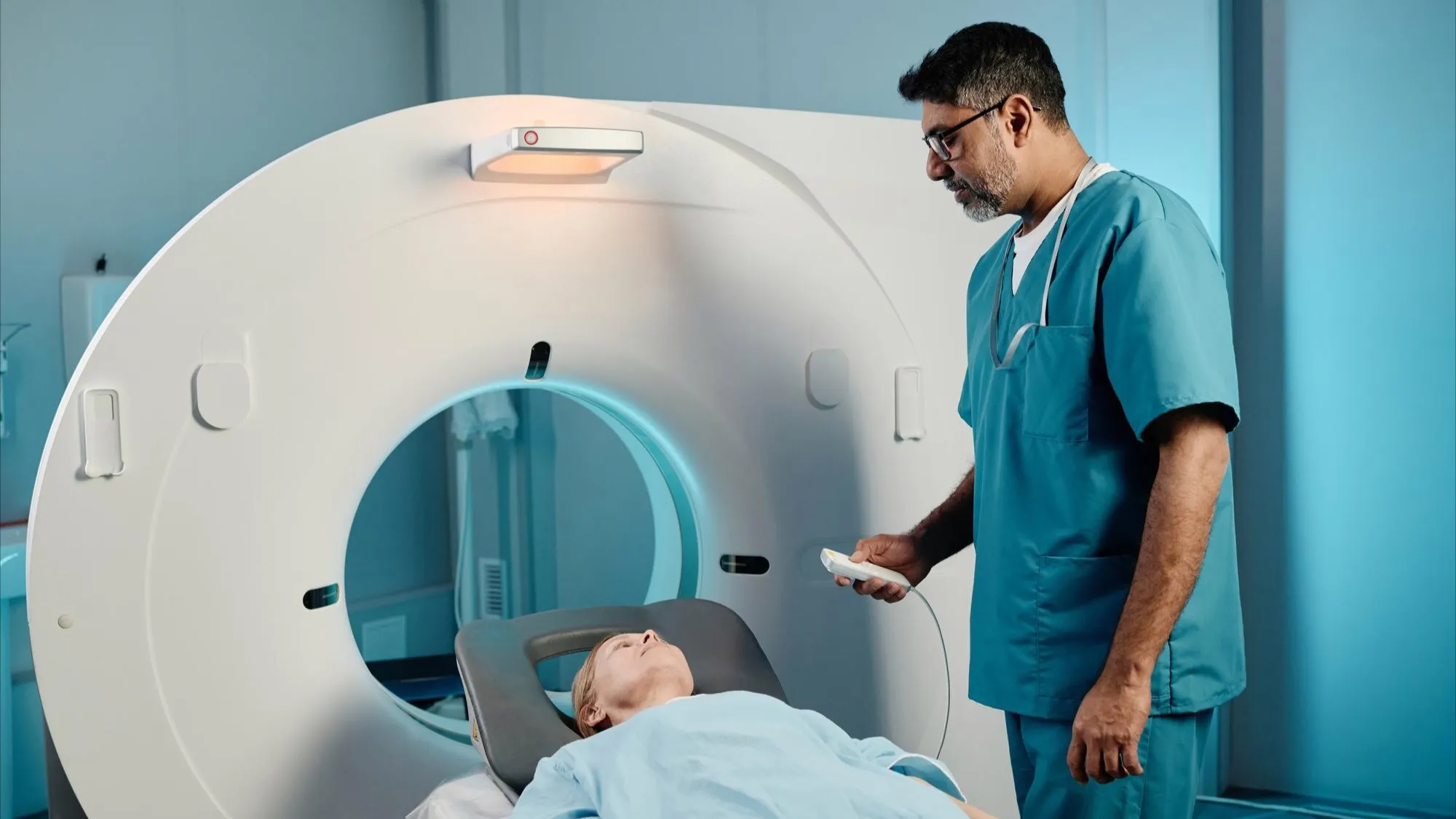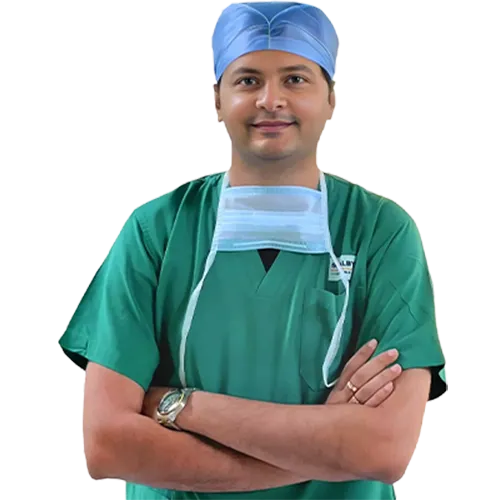
Interventional radiology (IR) is a cutting-edge medical field that uses minimally invasive procedures to diagnose and treat various blood vessel disorders. Unlike traditional surgery, IR relies on advanced imaging techniques like X-ray, ultrasound, CT scans, and MRI to guide tiny instruments through the blood vessels, offering precise and effective treatment. Dr. Aakash Patel, a renowned Vascular and Interventional Radiologist in Ahmedabad, specializes in treating vascular conditions using these advanced, non-surgical approaches to improve patient outcomes.
Understanding Blood Vessel Disorders
The vascular system consists of arteries, veins, and capillaries responsible for circulating blood throughout the body. Blood vessel disorders occur when these pathways become narrowed, blocked, or weakened, leading to serious health conditions.
Common Types of Blood Vessel Disorders Treated with Interventional Radiology
- Peripheral Artery Disease (PAD)
- Caused by narrowed or blocked arteries, reducing blood flow to the legs.
- Symptoms include leg pain, cramping, and slow-healing wounds.
- Treatment: Angioplasty, stenting, and atherectomy to restore blood flow.
- Deep Vein Thrombosis (DVT)
- A blood clot forms in a deep vein, typically in the legs.
- Can lead to a pulmonary embolism (PE) if untreated.
- Treatment: Catheter-directed thrombolysis (clot-dissolving treatment) and mechanical thrombectomy.
- Varicose Veins & Chronic Venous Insufficiency (CVI)
- Caused by damaged vein valves, leading to blood pooling and vein swelling.
- Symptoms include pain, swelling, and leg ulcers.
- Treatment: Endovenous laser ablation (EVLA) and sclerotherapy.
- Aneurysms
- Weakening and bulging of a blood vessel wall.
- Risk of rupture, which can be life-threatening.
- Treatment: Endovascular aneurysm repair (EVAR) using stent grafts.
- Carotid Artery Disease
- Narrowing of arteries that supply blood to the brain, increasing stroke risk.
- Treatment: Carotid artery stenting (CAS) to widen blocked arteries.
How Interventional Radiology Works
- Imaging-Guided Procedures
Using ultrasound, fluoroscopy, CT, or MRI, Dr. Aakash Patel precisely guides tiny catheters and tools to treat vascular conditions without open surgery.
- Minimally Invasive Techniques
- Angioplasty & Stenting: Expands narrowed arteries with a balloon and inserts a stent to keep the artery open.
- Thrombectomy: Removes or dissolves blood clots to prevent complications.
- Ablation Therapy: Uses laser or radiofrequency energy to treat varicose veins.
- Faster Recovery, Less Pain
- Smaller incisions mean less pain and quicker recovery.
- No general anesthesia required, reducing risks.
- Shorter hospital stays, often allowing same-day discharge.
Benefits of Interventional Radiology for Blood Vessel Disorders
- Minimally invasive: No large incisions or open surgery.
- Quick recovery time: Patients return to normal activities faster.
- High precision: Advanced imaging ensures accurate treatment.
- Reduced risk of complications: Fewer side effects compared to traditional surgery.
- Effective for high-risk patients: Suitable for those who cannot undergo surgery.
Why Choose Dr. Aakash Patel for Interventional Radiology?
Dr. Aakash Patel is a highly skilled Vascular and Interventional Radiologist, specializing in minimally invasive procedures for blood vessel disorders. His expertise in cutting-edge treatments ensures that patients receive safe, effective, and customized care. With a focus on non-surgical solutions, he helps patients achieve faster recovery and improved vascular health.
Conclusion
Interventional radiology is revolutionizing the treatment of blood vessel disorders by offering safe, precise, and minimally invasive alternatives to traditional surgery. Whether managing PAD, DVT, aneurysms, or varicose veins, Dr. Aakash Patel provides state-of-the-art care tailored to each patient's needs.
If you are experiencing vascular issues, don’t wait! Call +91 9586961070 or Book Your Appointment with Dr. Aakash Patel for expert diagnosis and treatment.



